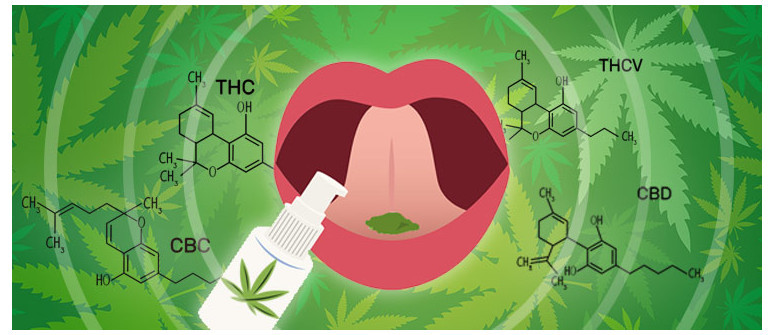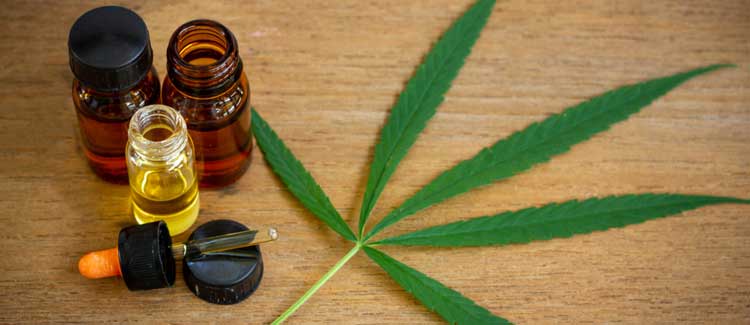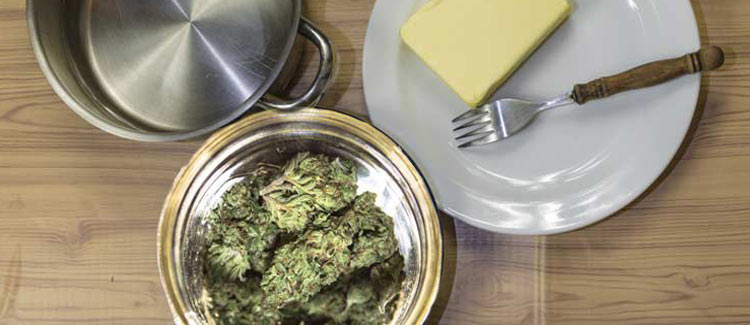What's the difference between sublingual absorption and oral intake?

On the surface, sublingual absorption may seem like the superior method of administering medical cannabis. However, the decision hinges significantly on personal preference and the condition you are aiming to treat. Here are the key differences between sublingual and oral cannabis intake.
As a medical marijuana patient, deciding how to medicate can be a difficult choice. There are a few different consumption methods that all offer different advantages and disadvantages, with the decision ultimately coming down to personal preference and the condition you are trying to alleviate.
With that in mind, we will break down two methods that for most people might seem quite similar; sublingual absorption and oral consumption.
While many patients are familiar with edibles and cannabis-infused drinks, sublingual absorption is often lesser-known.
THE SCIENCE BEHIND SUBLINGUAL ABSORPTION

Sublingual absorption involves administering medication, often in tincture form, underneath the tongue. While this may seem like a strange place for cannabis to be absorbed, it provides a highly efficient route into your bloodstream.
Underneath your tongue is a collection of capillaries linked directly to your arterial system. As a result, cannabinoids placed under the tongue are circulated directly to your heart and around the body through your bloodstream in a matter of minutes.
SUBLINGUAL ABSORPTION, THE GOOD AND THE BAD
If sublingual absorption starts working in minutes, surely there is no contest when it comes to this method for consuming cannabis? Yes and no. The speed at which cannabinoids are absorbed means users generally feel the effects in as little as 15 minutes. This rapid response, however, is also the method’s biggest downfall.
Because effects are felt faster, they also dissipate more quickly. As such, patients looking to medicate throughout the day or overnight would need to keep dosing, whereas edibles can last anywhere between 4–12 hours depending on the amount consumed. Sublingual absorption also enables users to dose with a higher level of control. Specific amounts can be dropped under the tongue without fear of the concentrated oil being diluted as it travels through the GI tract.
It is advised that users refrain from swallowing cannabis concentrates when applying them sublingually. This will dilute the effect as the capillaries absorb some of the oil and the rest enters your digestive system. Getting used to this practice can be difficult for new patients.
ORAL CONSUMPTION

Consuming cannabis though edibles is gaining a lot of popularity amongst medical users. Its popularity stems from the ease with which cannabinoids can be incorporated into various dishes. Eating a marijuana cookie after a tough day at work is also a more enjoyable experience than dropping concentrate under the tongue.
Pizza, cannabis juices, gummy sweets, even coffee can all be infused with cannabis and ingested orally, meaning there will always be an enticing option.
ORAL CONSUMPTION, THE GOOD AND THE BAD
Edibles or cannabis capsules experience many “bumps in the road” before they can finally disperse into your bloodstream.
When ingesting cannabis orally, your gastrointestinal (GI) tract processes the product in a number of ways. The stomach is the first hurdle—containing bile and acid—then the intestines, before being processed by the liver and circulated through your bloodstream. Significantly more steps are involved for the cannabinoid to take effect.
While the edible may taste good, its effects can be sporadic. Calculating the correct dosage is an incredibly difficult task with edibles, largely because of the number of internal organs they have to pass through and other variables like your metabolism. Both play a big part in how broken down or diluted the cannabinoids become before finally being absorbed into your bloodstream.
Not to mention, the process of making edibles comes with many variables, resulting in a far less accurate dose than sublingual methods. One day, a cannabis cookie might keep you medicated for several hours; another day, its effects may not be felt at all.
Absorption rates are also slower. Typically, it takes 30 minutes to an hour (or more) before the effect of the edible is felt. If quick and effective pain relief is your reason for medicating with cannabis, ingesting orally may not be a viable solution.
However, if the condition you are trying to alleviate is an internal aliment like Crohn's or a similar digestive disorder, then edibles are the perfect option as they travel directly to the affected area. Remember, the slower absorption rate also means edibles provide longer-lasting relief.
SUBLINGUAL OR ORAL, WHICH ONE SHOULD YOU CHOOSE?
Ultimately, the decision comes down to a variety of factors, but it's important to remember that there is no right or wrong answer. Sublingual absorption retains plant compounds like terpenes, so the flavor and characteristics make for a richer experience.
On the flip side, edibles last longer, making them ideal to consume before bed if you are using cannabis as a sleep aid. The answer will depend on the condition you are trying to treat and how specific a dose you require to manage that condition.
There is always the option to combine the two; just be warned that dosing can be difficult to track when doing so, and you may end up far more medicated than you expected or intended.




